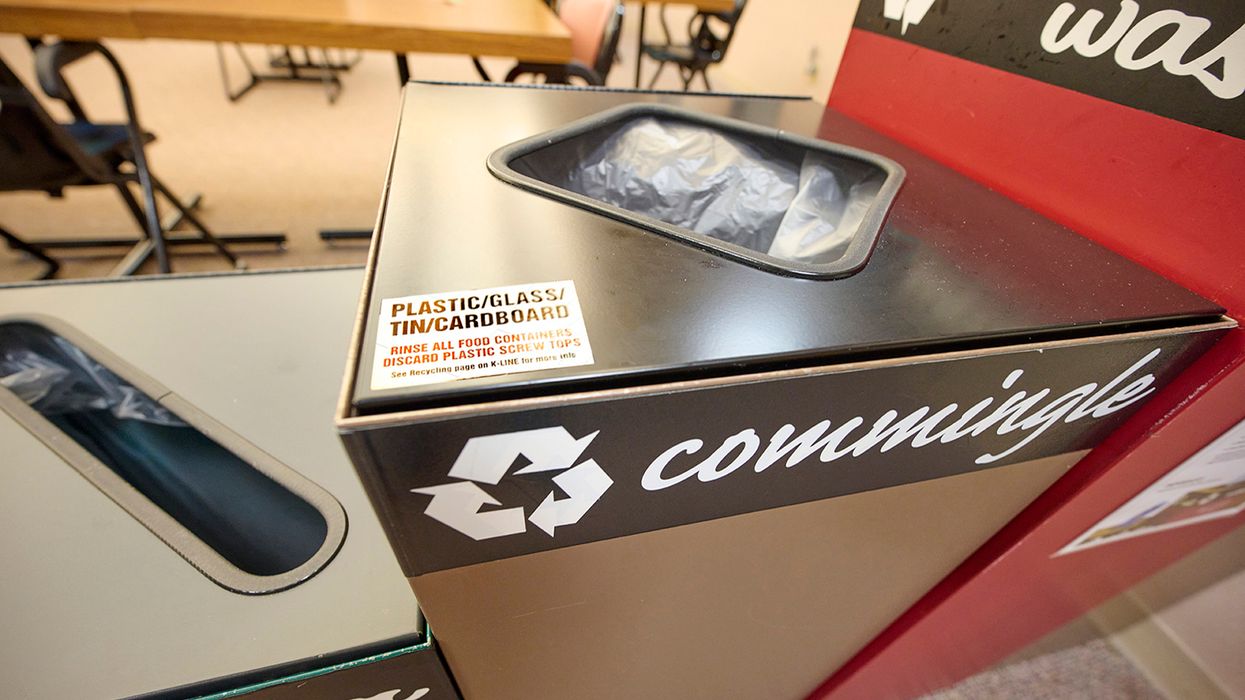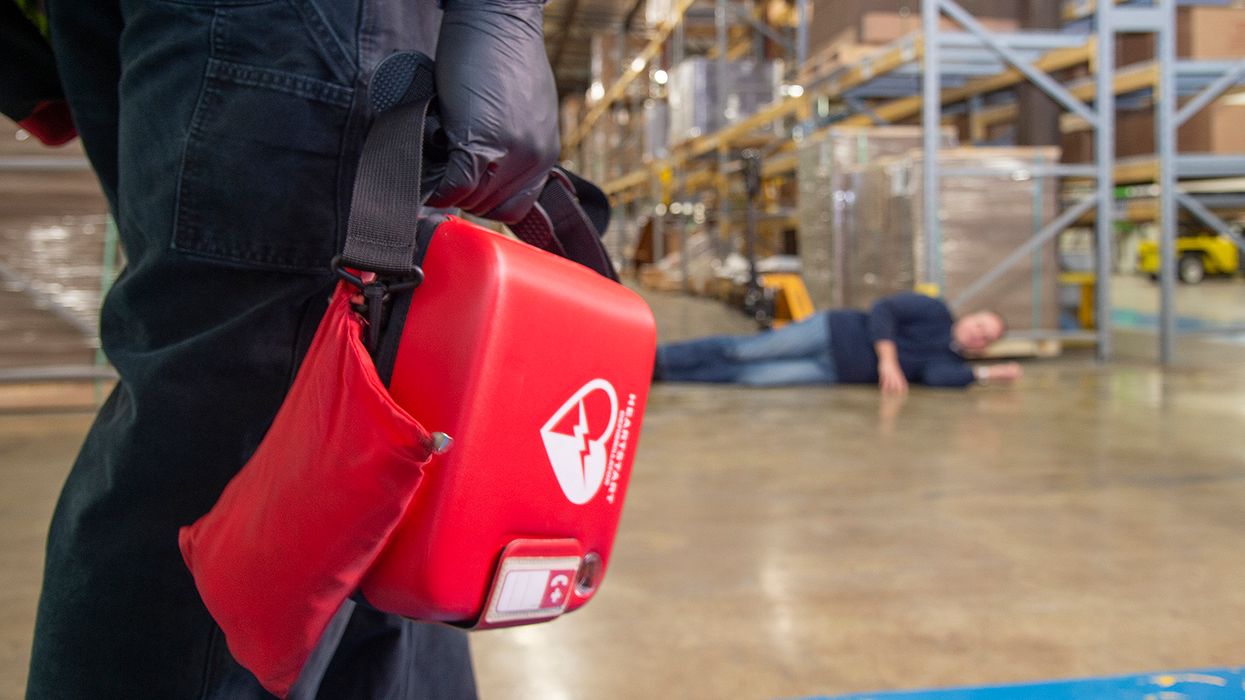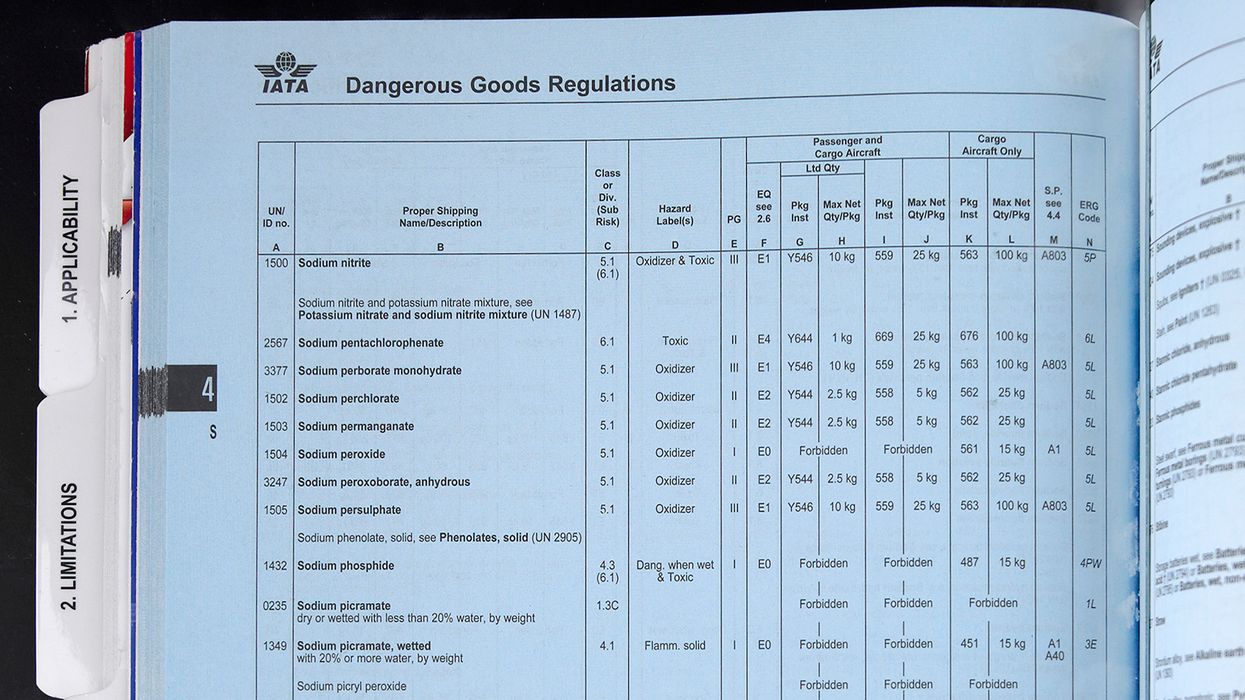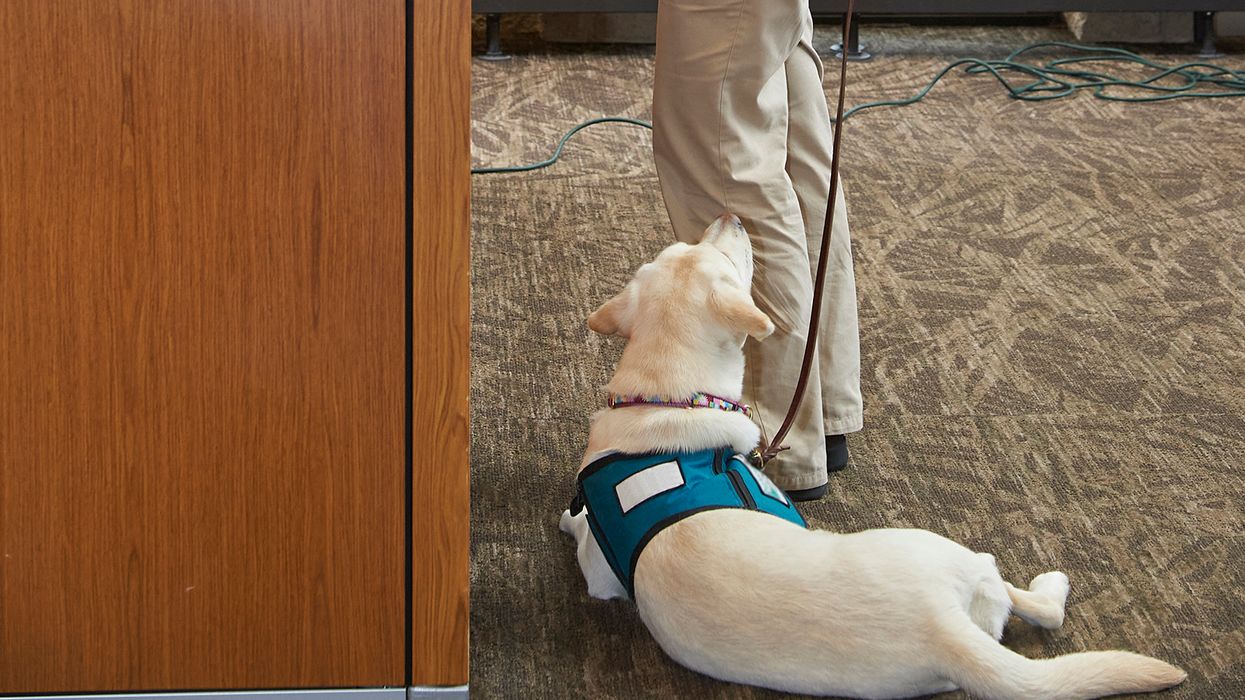Trucking through danger: Two risks of using FMCSA exceptions
Maintaining safety and compliance are primary responsibilities when operating commercial motor vehicles (CMVs). The Federal Motor Carrier Safety Administration (FMCSA) allows exceptions to its safety regulations on hours of service (HOS), driver qualifications (DQ), and other areas.
While exceptions can increase flexibility, they come with significant risks. Going outside of regulations, even if FMCSA allows, can increase the potential for violations and crashes. Using an exception provides little defense in post-crash litigation when faced with a negligence claim and a potential nuclear verdict.
Below are two risks that are tradeoffs for operational or compliance flexibility:
1. Misuse
The FMCSA allows carriers to exceed regulatory limits or not fully comply with regulations via statutory exceptions or official interpretations. Frequently used exceptions include, but are not limited to:
- Adverse driving conditions (395.1(b)(1)),
- 16-hour "big day," (395.1(o)),
- Personal conveyance or off-duty driving (Interpretation 26 in 395.8),
- Emergency declarations (390.23), and
- Multiple-employer drivers (391.63 and 391.65).
Specific criteria must be met for each deviation from the regulations. A misunderstanding or poor execution by a driver or a carrier can lead to violations, either during roadside inspections or formal audits.
To reduce the risk of misuse or misinterpretation, carriers should:
- Create policies and procedures,
- Audit for compliance, and
- Train personnel on the use of exceptions.
Without comprehensive training, there is a much higher likelihood of non-compliance.
Exceptions other than those authorized by a carrier policy should not be used.
Other potential downsides of incorrect exception use include:
- Degraded Compliance, Safety, and Accountability (CSA) scores,
- Increased insurance costs, and
- Lost business.
2. Reduced safety
FMCSA regulations are bare minimums, and exceptions allow an even lower compliance threshold. Crashes can occur during brief or extended periods when exceptions are used in an unsafe or incorrect manner. The risks are even higher if carriers build their operational model using exceptions.
Exceptions that extend driving hours and enhance productivity increase driver fatigue. The rule in 392.3 forbids carriers from allowing drivers to operate CMVs while ill or fatigued, where they are unsafe or likely to become unsafe. Drivers must also assess their condition and avoid driving if they feel unsafe. There is no exception to 392.3.
A DQ vetting exception, which applies only to "multiple-employer" drivers who work for two carriers in seven days, requires far less documentation and vetting due to the short-term use.
Suppose a carrier desperate to cover a route one day, gathers the four pieces of DQ information required by 391.63, and uses the driver. The driver later ran a red light and hit a family's minivan. The driver had a recent reckless driving violation on their motor vehicle record, which was not required to be reviewed by the carrier under the exception. The route training, a carrier policy requirement, was skipped to save time. In this case, the carrier may face claims of negligent hiring and supervision and a large verdict.
Carriers should consider potentially unsafe conditions created by an exception, mitigate that risk in their policies, and avoid exceptions to their policies.
Key to remember: While FMCSA exceptions provide flexibility, they also introduce significant risk that leaders must carefully manage.


































































